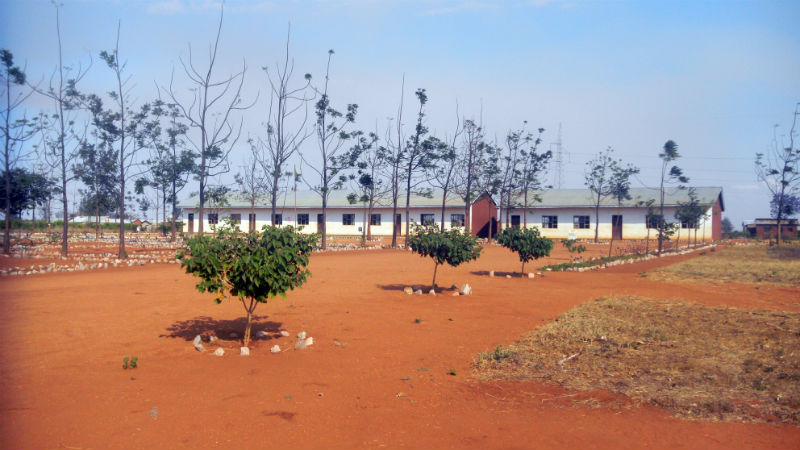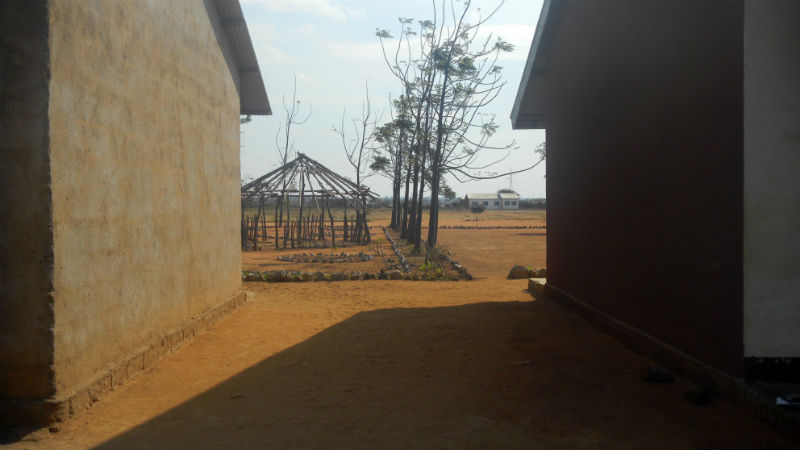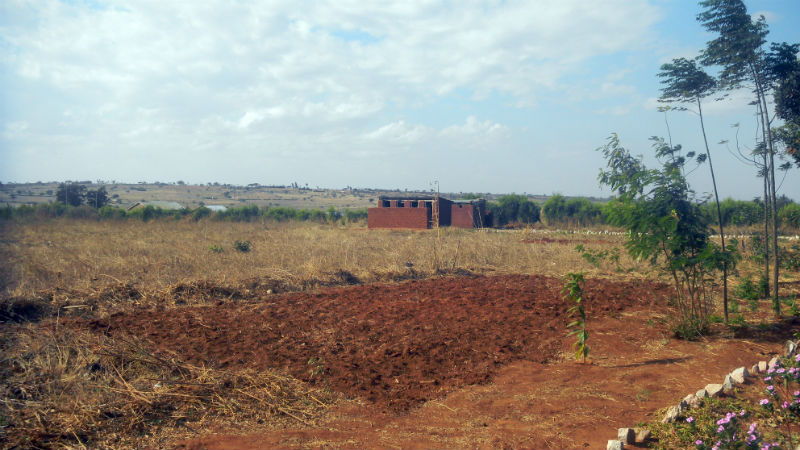 Location
Location
Itaja, Singida, Singida, Tanzania
Community Description
The village of Itaja is located in central Tanzania, approximately 48 kilometers from the district center of Singida. In recent years, it has experienced a large growth in population, with little economic opportunities to support those living there.
Though small in size in comparison to other ward centers, it has assets that set it apart. It is located alongside a tarmac paved road, making it easily accessible, and allowing for travel during the rainy season. The village contains the only health clinic and secondary school, serving three other villages, heavily increasing the amount of villagers present each day.
There is one water source located within Itaja, next to the Itaja Secondary School. All villagers refer to this man-made dam as a lambo. The villagers use the water for cooking, drinking, and bathing purposes. It provides water during and shortly after the rainy season. This one water source is the supply for over 2,000 people, presenting a problem once rain season ends.
The lambo, it is not managed by anyone. Both animals and humans are able to use this source, making it unsanitary. Once the dam dries, villagers dig holes underground, and draw water from below.
While the primary and secondary schools and health clinic have rainwater harvesting tanks, only those at the primary school are functioning, and these too, present a problem after the rainy season.
From April to October (dry season) villagers have limited/no access to cooking, bathing and drinking water. Even when there is water in the dam, villagers living in Makhonge travel up to four kilometers, in one direction, to retrieve water.
Project Description
This project is to build a below-ground rainwater harvesting tank to provide for the needs of the students of the Itaja Secondary School.
The water will serve as a drinking and cooking source for students who attend the school, and also aid in the success of both the tree nursery, and permagardens that are currently being planted.
A well will be built with dimensions 8ft (W) x 10 ft (L) x 10 ft (D), which will hold about 23,000 liters of captured rainwater. The tank will be underground, reducing many costs and resources.
The tank will be lined with bricks and sealed with wire mesh and cement. It will have a cover to prevent contamination.
Gutters will be run along the roof of the school to capture water, which will be directed into the tank for storage.
Water Charity funds will pay for materials, including 18 bags of cement, wire mesh, and other supplies, as well as for skilled labor.
The community will provide the labor for digging the well, as well as for the making of the bricks. They will also provide the gutters for rainwater collection.
The Headmistress, parents, students and volunteer are completely invested in this project and not only dedicated to seeing this succeed in one month, but prior to the beginning of rain season, in hopes of capturing as much water as possible.
Project Impact
This project will benefit the entire school population of 266, in addition to parents and faculty.
Peace Corps Volunteer Directing Project
Tanique Carter
Comments
This project will extend the amount of time villagers, especially students attending the school, will have access to clean, drinking water. It is an important project that will improve the health and wellbeing of the students, staff, and the community at large.
Dollar Amount of Project
$555.00
Donations Collected to Date
$500.00
Dollar Amount Needed
$55.00 – This project has received major funding through the generosity of the Elmo Foundation, with the expectation of additional donations from the friends, family, and supporters of the Peace Corps Volunteer.
We encourage others to continue to donate using the Donate button below, and we will notify the Peace Corps Volunteer of your donation. Additional funds will be used to fund the next project by the PCV and/or those of other PCVs in the country of service.
This project has been finished. To read about the conclusion of the project, CLICK HERE.